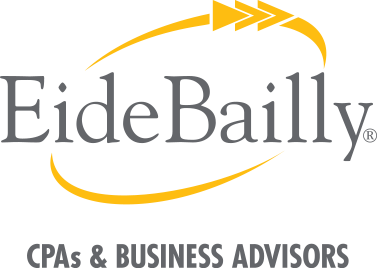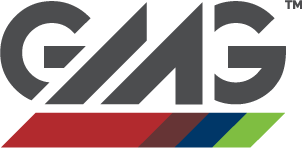
This is a guest blog post by Greater Mankato Growth member, Eide Bailly LLP.
Several relief programs are in play in an effort to combat the impact of COVID-19 on businesses and organizations. One of the key programs is the Paycheck Protection Program (PPP).
Here are five things you should know about the PPP loans.
1. Understand the importance of payroll.
PPP loan proceeds must be used for certain allowable expenses such as payroll costs, payments of interest on mortgage obligations, rent, utilities and interest on other debt obligations incurred before the covered period, defined as February 15, 2020.
Most importantly, 75 percent of the PPP loan proceeds must be used toward payroll costs. Payroll is generally defined as gross annual wages of up to $100,000 plus benefits. Although the consequences of failing to meet this requirement are unclear, possibilities could include loss of forgiveness, payment on demand, and other penalties.
It’s also important to maintain your current full-time equivalent (FTE) staff count and salary levels. Reductions to either can reduce the forgivable portion of the PPP loan unless they are restored by June 30, 2020.
2. PPP funding is different than other forms of relief.
While the PPP loan program is one of the primary sources of small business relief, there are other programs that small businesses can consider, including:
Economic Injury Disaster Relief Loans (EIDLs), for instance, provide working capital for small businesses and other types of entities that cannot meet necessary financial obligations due to a disaster, like COVID-19. Borrowers cannot receive assistance under both PPP and EIDLs for the same types of expenses.
Employee retention credits created under the CARES Act are also not compatible with participation in the PPP loan program.
3. There are certain steps you need to take right away to maximize loan forgiveness.
The eight-week clock for incurring eligible expenses that can give rise to loan forgiveness begins at date of funding. This means borrowers must immediately be prepared to plan for and track their eligible expenditures. Records required to track and prove expenses could include payroll forms, tax forms, invoices, receipts, as well as banking records.
An approach based on planning, documentation and modeling of scenarios is critical to organizations achieving maximum loan forgiveness.
4. Critical guidance surrounding PPP loan forgiveness remains outstanding.
There are still many unanswered questions concerning the application of the PPP loan program. For instance, there are questions concerning whether eligible expenses are tracked on an accrual or cash basis. Loan eligibility is another concern. The CARES Act suspended the standard requirement for businesses to show need before a borrower is eligible for SBA Loans. Now, the government may be trying to narrow the pool of eligible providers. Recently released guidance tells borrowers to take into account other sources of liquidity when making a “good faith certification” they actually need the PPP loan.
5. Proper accounting will be critical when it comes to PPP funding.
As organizations receive funding, it’s important to remember to properly account for the funds. While there is no official guidance on how to record government assistance like grants or loan forgiveness, you should understand the general principles that apply. Knowing how to document the funds and comply with accounting standards will be essential long-term.
Understanding the Implications of the Paycheck Protection Program
The Paycheck Protection Program is top of mind for many organizations as they work to keep their doors open and make a plan for recovery. Understanding the requirements of the program, as well as what is needed to ensure loan forgiveness, will be critical.




